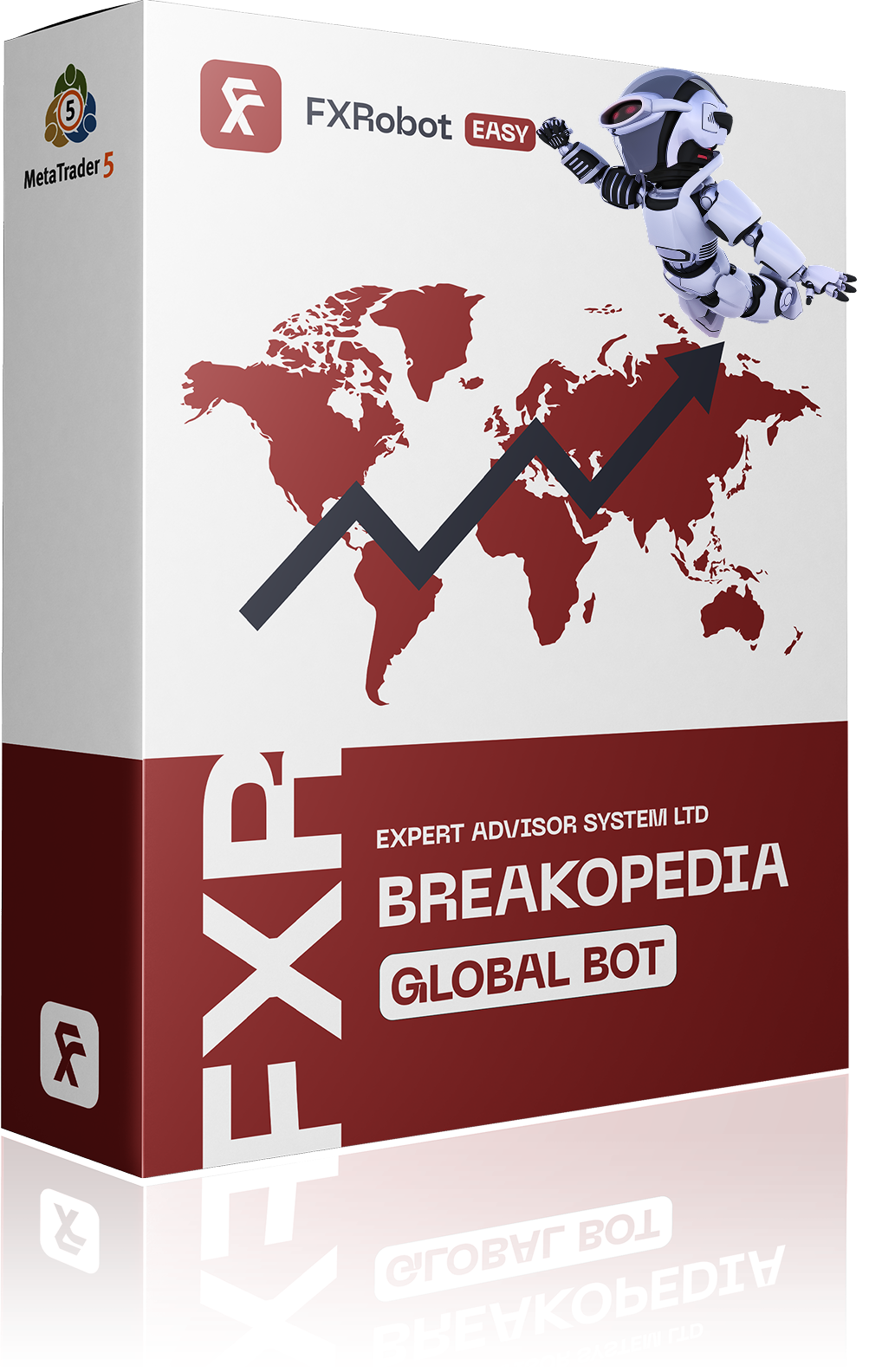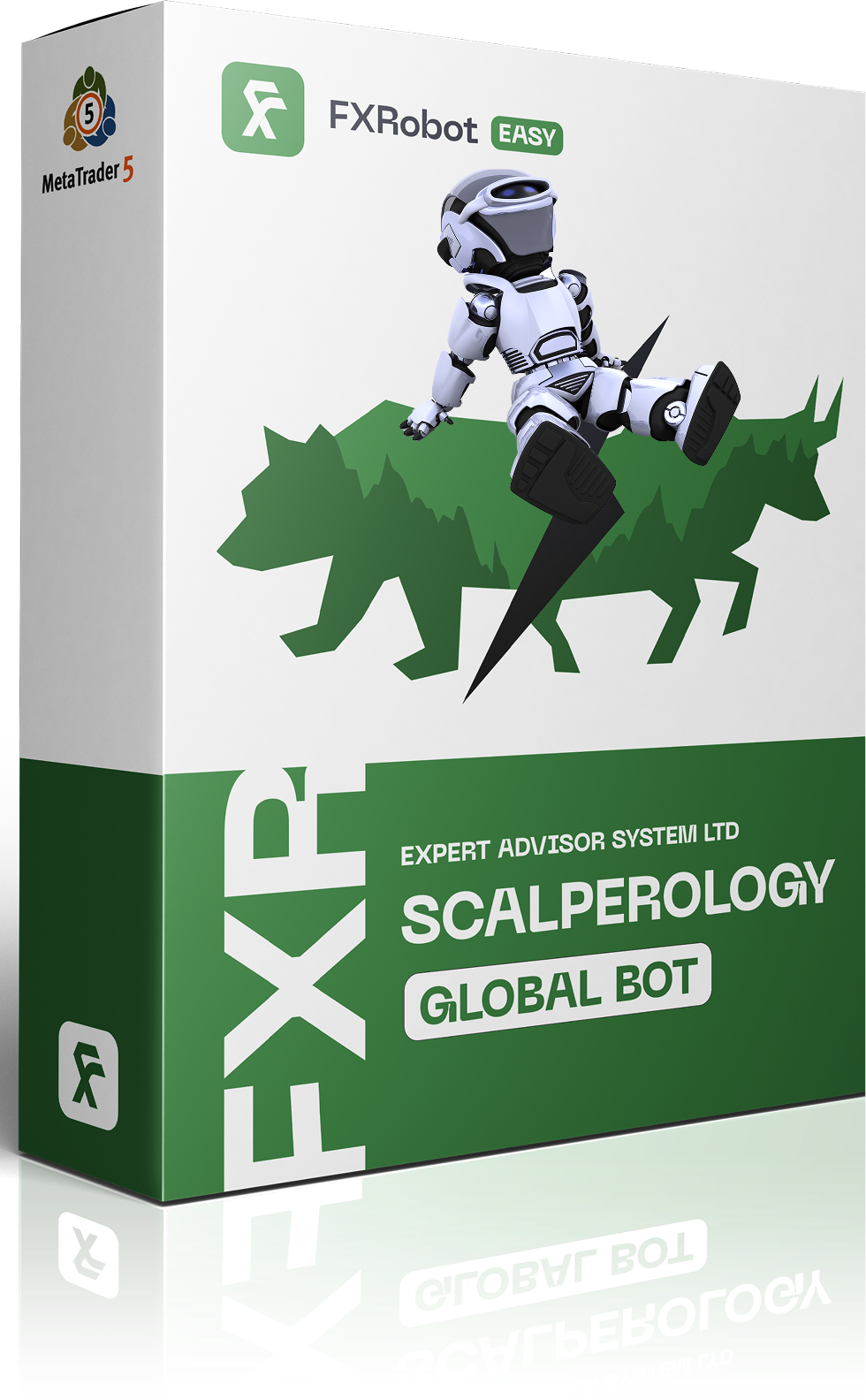Forex Robots Price Trap: What’s the Real Cost in 2024? 🤖💸
Are you eyeballing the next “magic” forex robot, tempted by a flashy banner screaming “99% win rate” or “double your depo”? Pump the brakes, трейдер! The real game isn’t just in the entry price. The cost of a forex robot in 2024 is way deeper than the sticker. Let’s break down where the true expenses and pitfalls hide – and how to avoid stepping on those rakes, whether you’re fresh to the market or already a seasoned pip-catcher.
What Are Forex Robots & Why are they Popular?
Forex robots (aka EAs, or Expert Advisors) are automated software that handle trading on your behalf. You plug them into MetaTrader or another platform, they scan charts and fire off trades based on pre-programmed rules. The pitch: “Set and forget! Let AI money work while you sleep!”
Why do they attract so many traders?
- Dream of passive income (who doesn’t want money working on autopilot?).
- FOMO seeing others post fat screenshots in Telegram chats.
- No emotion trading – robots don’t tilt or revenge-trade after a loss.
But like any tool in the market, a robot is only as good as its logic…and your risk control.
Basic Pricing Strategies – Upfront and Hidden Costs
So, what does an average forex robot cost in 2024? Here’s reality-check time:
- “Budget” bots: $100 – $300. These are entry-level, often with generic strategies (scalping, basic grids). May come with some community “juice” or forum support – but results are mixed.
- Premium/Episode robots: $500 – $1000+. These promise “proprietary AI” or secret sauce algorithms. Usually, include a flashy myfxbook page, but results may fade after mass adoption.
- Ultra-premium & institutional: $2000 - $10,000+.Often subscription-based, require hefty depo, and rarely accessible for retail traders.
Are these numbers the final bill? Not even close. Here’s what sellers rarely show up front:
- Yearly vs. Lifetime Licenses: Many bots offer a “lifetime” price,but with sneaky renewal or VPS add-ons.
- Broker restrictions: Some robots work only with certain brokers (aka IB commissions 💸), funneling more money to the devs.
- VPS hosting: Automated trading needs 24/7 uptime. Count $10-$30/month for a solid VPS if you want stable execution.
- Drawdown/recovery: A bot in a deep drawdown (large loss not yet recovered) may force you to top up or close out at a bad moment.
- Parameter tweaking: “Set-and-forget” is often a myth. If you can’t fine-tune settings as the market evolves, performance tanks.
if you want to cut the grind with auto-configuration, tools like EASY Set Analyse from ForexRoboteasy.com can definitely help analyze and optimize EA parameters for the current market.Not a silver bullet, but a legit time-saver if you’re re-optimizing bots regularly.
Basic Strategies: What Do Most Forex Robots Actually Do?
Robots fall into a few main playstyles:
- Scalpers: Hunt for small moves, frequently enough opening dozens to hundreds of trades per week, sniffing out a pip here and there. High frequency, but can get eaten by spreads or slippage (the price you get isn’t always what you clicked).
- grid/martingale: repeatedly open positions in the same direction,adding on losses hoping for a bounce. Works until it doesn’t – then margin call comes knocking. Classic for blowing up accounts if the market trends hard against you.
- Trend-followers: Enter trades in the direction of the main market move, using indicators like Moving Average or RSI as a filter. Safer,but fewer trades and more patience needed.
- News/high-volatility bots: Aim for the big swings around economic news, but can get hit by wild spread spikes and slippage.
The best bots? They’re not the “fire and forget” unicorns in cheap ads, but those adaptable to current volatility and trading in tune with market cycles. That’s why using services with live verified results, like the EASY Bots and Live Trading dashboards on ForexRoboteasy.com, helps to spot real-deal performers – not just backtest champions.
Practical Mistakes: Where Most Traders Burn Money
here’s the graveyard of FX bot hopes and depo dollars. Learn from where others trip up:
- Chasing Myfxbook Charts: “Wow, 200% in 3 months!” Ask: was it on demo or real money? Low spreads or ECN conditions? Filter out demo wonders or those trading micro lots.
- Overleveraging (заплечо): The higher your leverage, the faster you can win – or lose. Bots love high leverage for results, but when it goes wrong, you hit Stop Out fast.
- Poor Money Management: no defined risk per trade? That’s a straight road to a margin call. Good bots limit losses too, not just chase wins.
- Lack of Diversification: Buying “one magic bot” and dropping your entire depo is asking for a wipeout. Even pros use a mix of bots, pairs, and manual setups.
- Ignoring Market Conditions: A bot that crushed ranging EURUSD in 2023 may flop in volatile 2024 – adapt or die.
- Neglecting Updates: Developers fade, servers go offline, brokers tweak execution – a robot isn’t static. Keep it updated!
From my own experience? I got lured into a “never lose” Martingale EA,only to watch it grind profit for weeks,then nuke 80% of the account in one Black Swan move. Lesson: If you can’t survive a streak of losses, the “cheap” robot gets very expensive, very quickly.
Example: Breaking Down a Real case
Let’s walk through a real-world scenario from the forexroboteasy community.
John, a mid-level trader, bought a $200 grid bot in late 2023. Promises everywhere: “40% monthly”, ”stable since 2021″. At first – magic! Equity curve goes up, some months see +30%. But what’s under the hood?
- By month three, EURUSD started to run hard after a Fed news bomb. The bot opened extra positions (classic grid/marti style), refusing to close at a loss.
- Drawdown spiked from 10% to 65%. John freaked, added more funds to save the account – but after a few wild swings, it margin-called anyway.
- Broker spread jumped during a key news release, so trades closed below stop-loss. John realized he didn’t check how bot handled high-volatility conditions.
What’s the real cost here?
- Robot: $200
- VPS & broker costs (3 months): $60
- Account blown: $2,000 (yep, that’s the real kicker)
What John could’ve done:
- Used a risk calculator and set a max drawdown cap.
- tested on demo or cent account first (standard on forexroboteasy robots).
- Checked real, unfiltered Live Trading stats – not just backtests or cherry-picked screenshots.
- Used auto-optimization tools to see if the robot handled 2024’s increased volatility (EASY Set Analyze does exactly this for you, searching for optimized sets).
Brief Summary: How to REALLY Calculate Robot Cost in 2024 ⚡️
Don’t get fooled by the “one click and you’re rich” trap. The real price of any Forex robot in 2024 is not just the upfront fee, but the hidden costs, account risk, and – most of all – your own discipline.Quick checklist before pulling the trigger:
- ✅ Check live, real money performance - not whitewashed backtests.
- ✅ Calculate total costs: robot + VPS + broker spreads/commission + time spent tweaking.
- ✅ Stick to bots with clear settings and regular updates. Avoid black-box wonders.
- ✅ Don’t risk more than 3% per trade. Use diversification. Never all-in on a single tool.
- ✅ Start on demo or low-risk (cent) accounts. Only scale up with real, verified results.
- ✅ Consider tools like EASY Bots for verified AI trading or free signals and Live Trading to stay current with what’s working now.
your biggest investment isn’t in a robot – it’s in time learning, tweaking, and managing risk. There are no shortcuts, but there are plenty of traps for impatient traders. Trade smart, keep the stops tight, and don’t be shy to ask for help from real traders.
Wishing you solid pips and safe trades! Have a question about a robot or want to monitor real trades? Join our Telegram bot for fresh stats and free signals: https://t.me/forexroboteasybot


